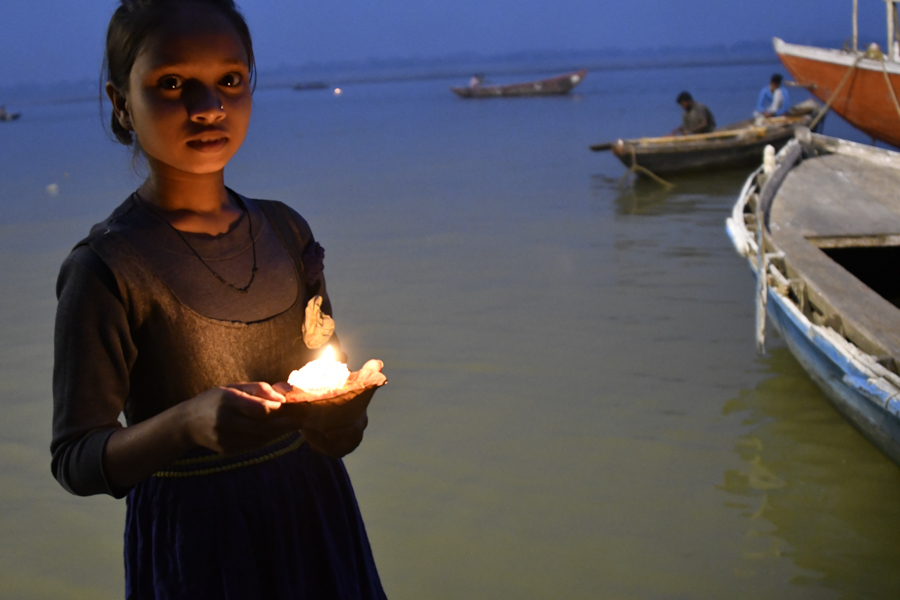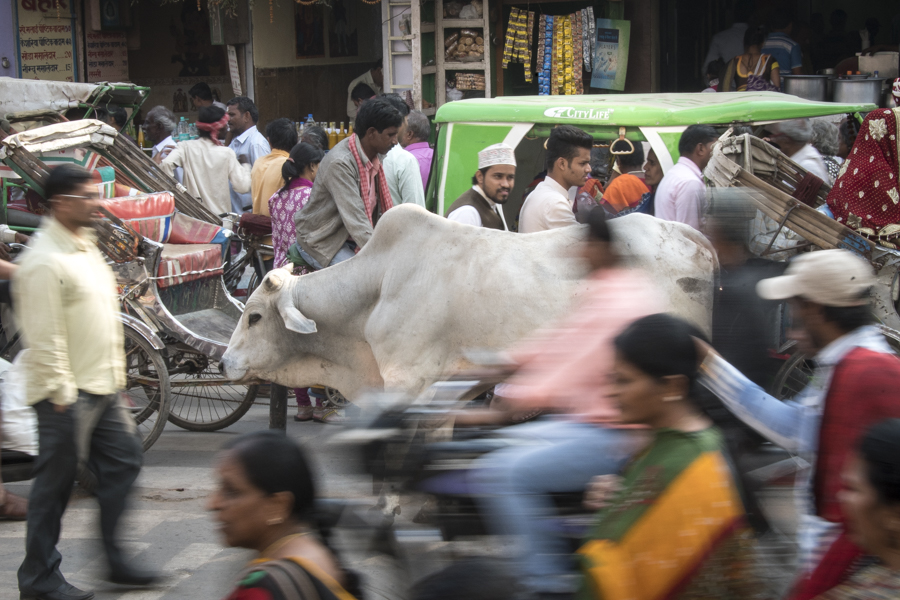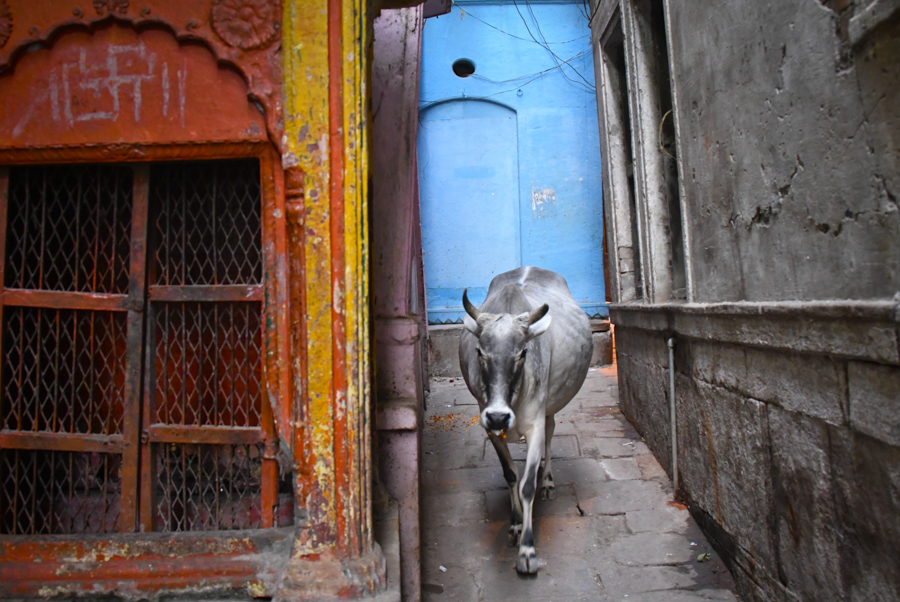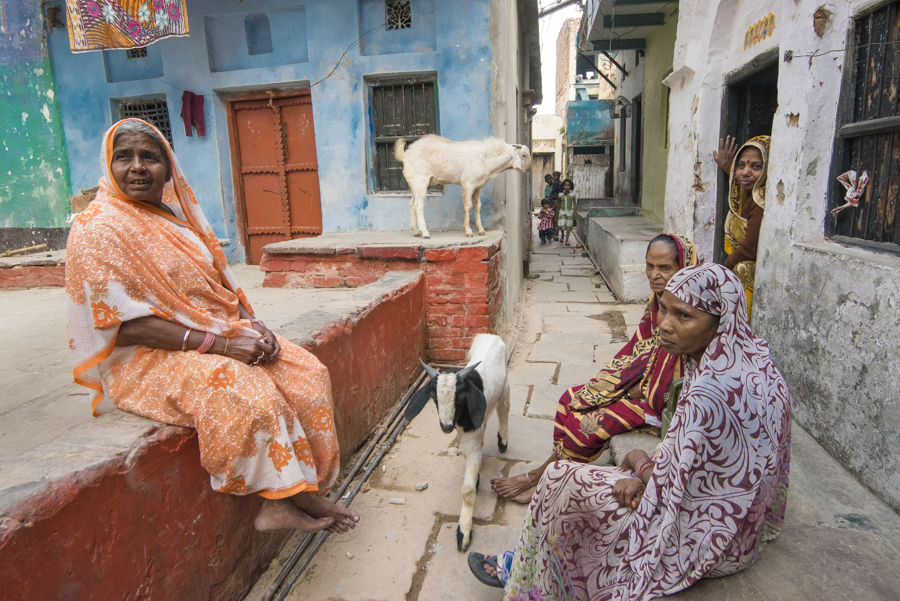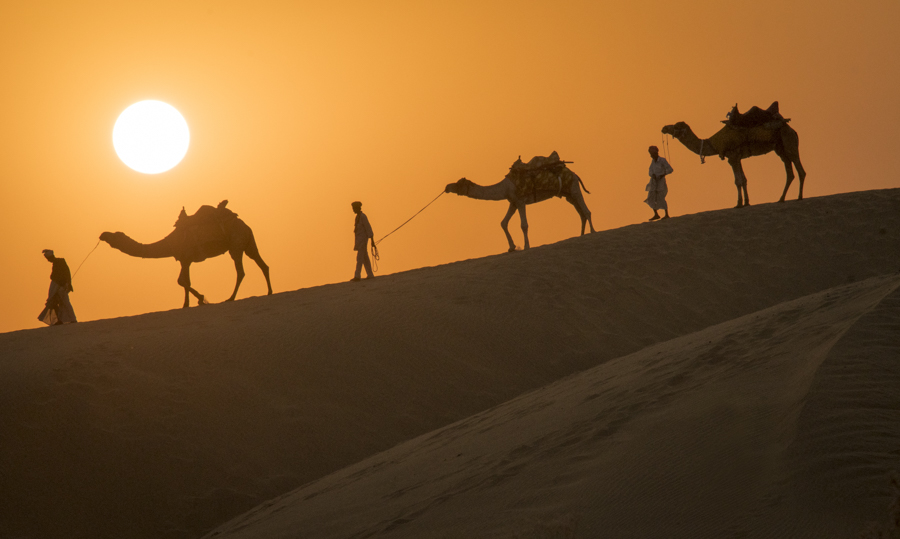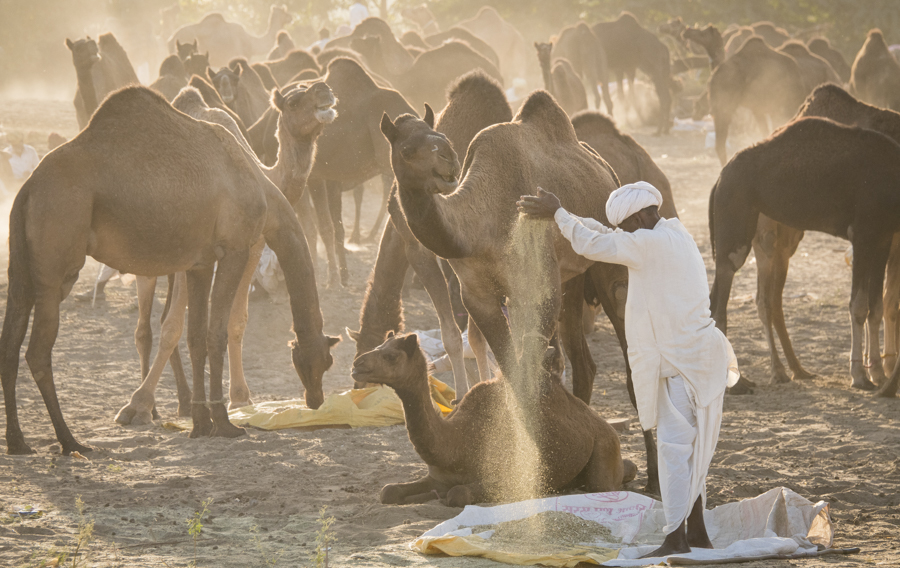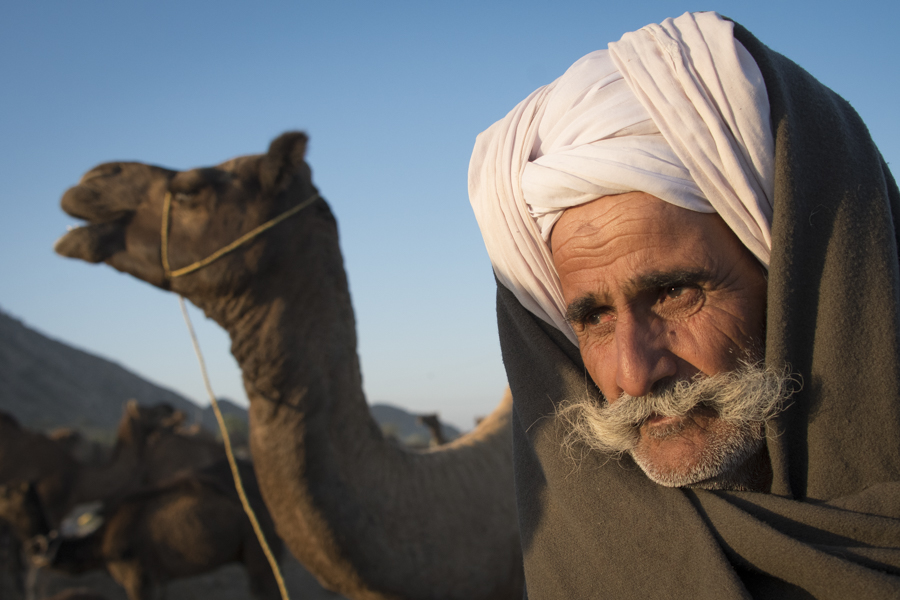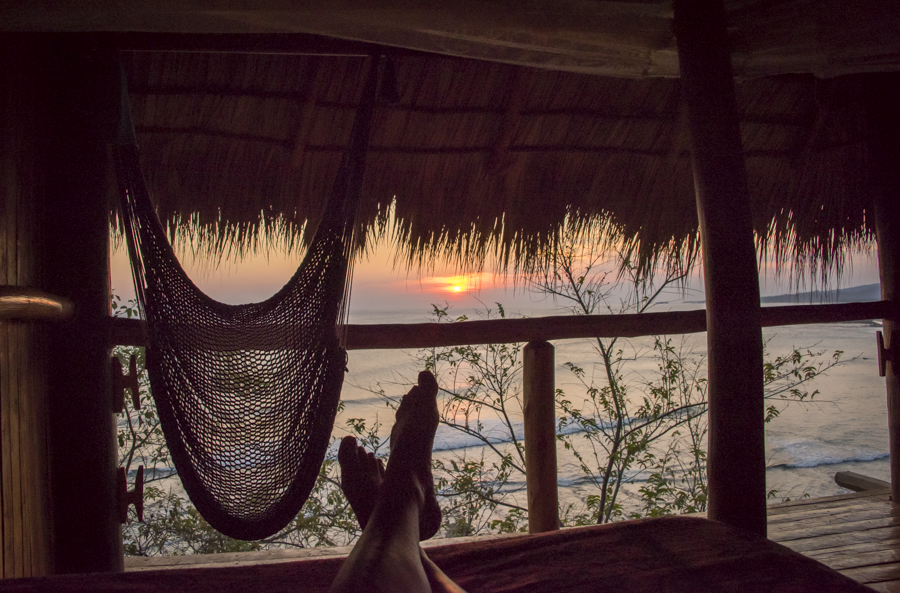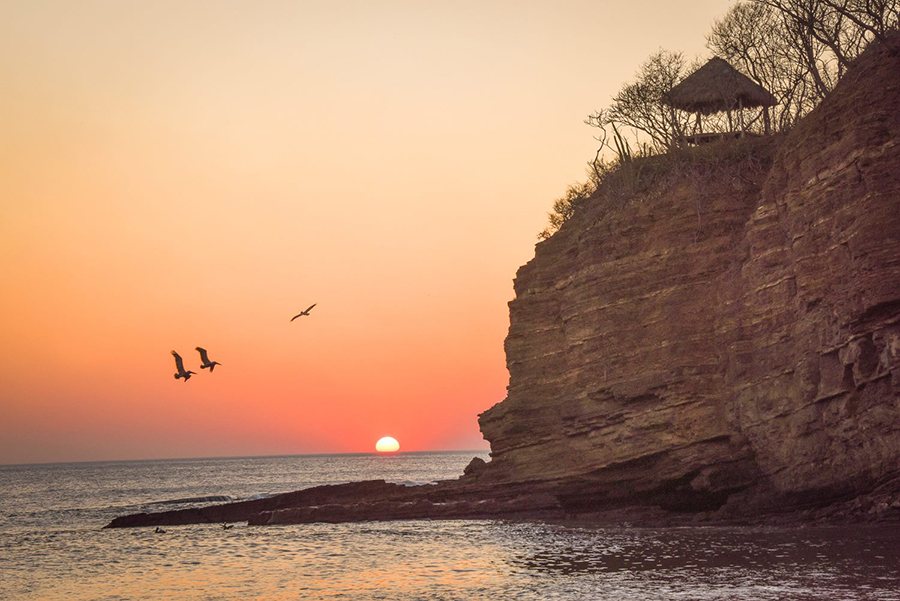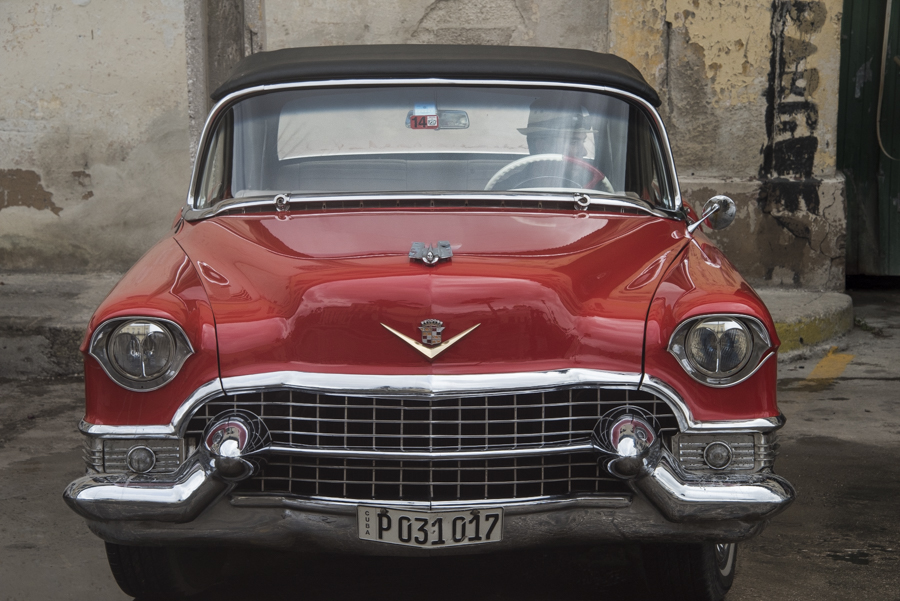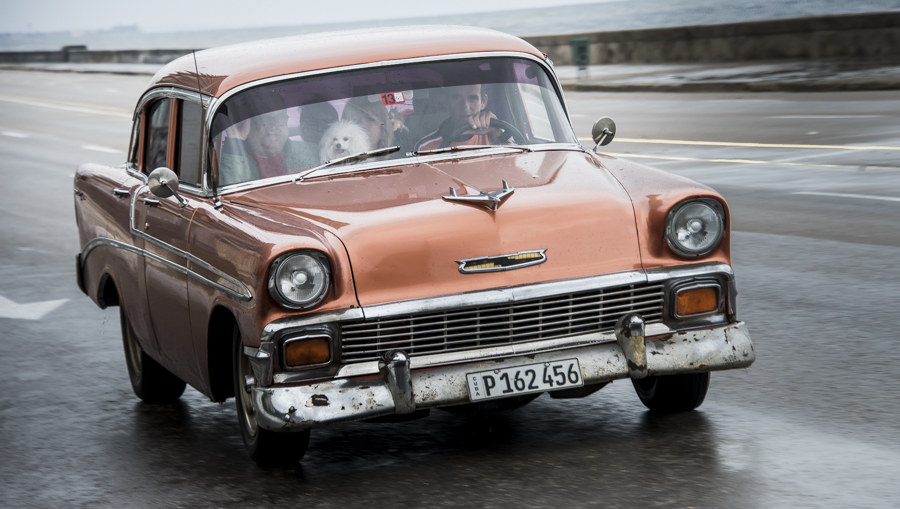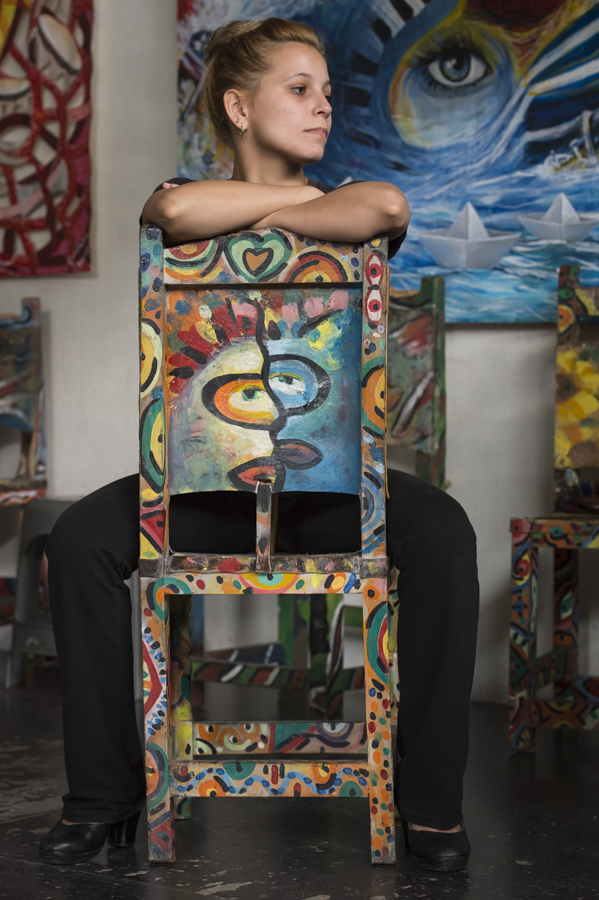TRAVEL OREGON VIDEO
A dream assignment to capture the spirit of the Oregon wine industry for Travel Oregon – if only it hadn’t been with assigned in the wettest spring in recent memory, when everything was dormant in the vineyards. Luckily the sun came out at the 11th hour, we were able to capture some vineyard footage in a whirlwind 24 hours, and add in existing stock footage we’d captured at the same locations previous years. Always a pleasure to collaborate with writer Kerry Newberry, and thanks to the people and dogs of Cheahalem winery, Cristom winery, Eyrie Vineyards, and Beaux Fréres.
Here’s a link to the full story on Travel Oregon Website
http://traveloregon.com/trip-ideas/oregon-stories/the-humble-story-of-oregon-wine/
